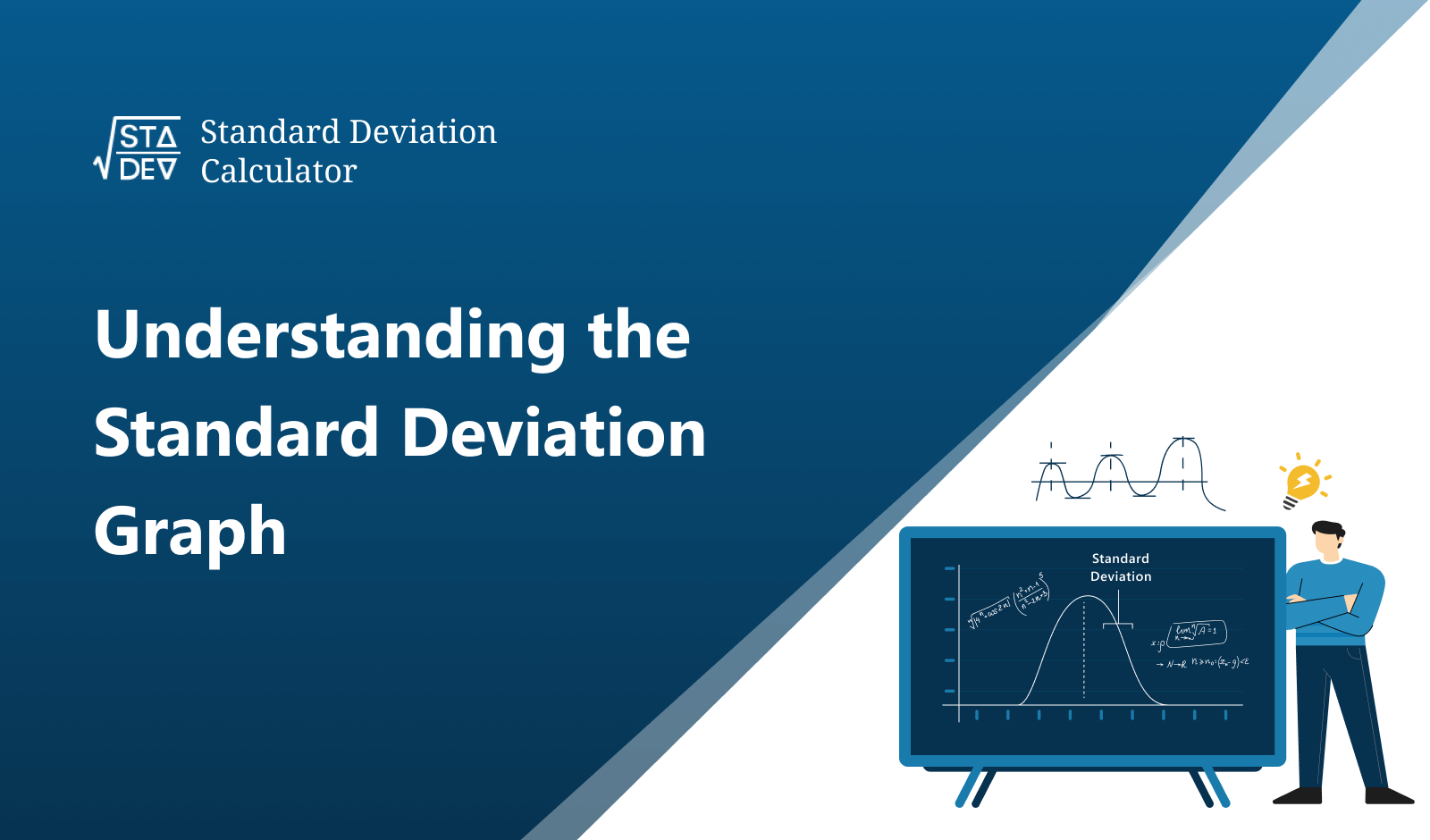Degrees of Freedom Calculator is an online tool that is used to calculate the degree of freedom (df) of any data in statistical analysis for different statistical tests such as the ANOVA test, chi square test, 1-sample test, and 2-sample t-test with equal & unequal variances.
Our df calculator finds the degrees of freedom for any tests by putting the input values in the given input fields according to the selection test. This tool makes it easier and proved to be a helpful resource for students, researchers, and analysts in computing the degrees of freedom for any statistical tests in its analysis.
What is the Degree of Freedom?
In statistics, the number of values that can be changed in a data set is known as degrees of freedom. In simple words, the Df shows the number of an independent piece of information that is used to determine a statistics parameter.
How to Find the Degree of Freedom?
The degrees of freedom can be calculated by using various formulas depending on the type of statistical test such as ANOVA, chi-square, 1-sample, 2-sample t-test with equal variances, and 2-sample t-test with unequal variances. Below are the formulas to find the degree of freedom.
ANOVA:
- Degrees of freedom within groups: df within = N - k
- Degrees of freedom between groups: df between = k - 1
- Total degrees of freedom: df total = N - 1
Chi-square:
- Degrees of freedom: df = (Number of columns - 1) x (Number of rows - 1)
1-sample:
- Degrees of freedom: df = N - 1
2-sample t-test with equal variances:
- Degrees of freedom: df = N1 + N2 - 2
2-sample t-test with unequal variances:
- Degrees of freedom: df ≈ (σ12/N1 + σ22/N2)2 / [(σ12/N1)2 / (N1 - 1) + (σ22/N2)2 / (N2 - 1)]
How to find degrees of freedom? Real-life example:
Suppose you are conducting a study to compare the effectiveness of three different teaching methods on students' test scores. You have randomly assigned 30 students to each method, resulting in a total sample size of 90 students. You would use a one-way ANOVA to analyze the data. In this case, you would have:
- Sample size (N): 90
- Number of groups (k): 3
Using the ANOVA calculation in the Degrees of Freedom Calculator, you will find the following:
- Degrees of freedom within groups (df within): 87
- Degrees of freedom between groups (df between): 2
- Total degrees of freedom (df total): 89
Additional information:
Understanding the concept of degrees of freedom is essential in the field of statistics, as it helps to determine the appropriate distribution to use when conducting hypothesis tests.
- Degrees of freedom can be thought of as the number of independent values in a sample that can vary while still maintaining the given constraints.
- The Degrees of Freedom Calculator is a valuable tool for researchers, students, and professionals in various fields who need to analyze data and draw conclusions from their findings.
- By using this calculator, you can confidently and accurately determine the degrees of freedom for your data, which in turn allows you to make well-informed decisions based on statistical evidence.
- By providing step-by-step guidance and relevant formulas, this tool ensures accuracy in your calculations and helps you better understand the underlying concepts.
- Whether you are a student, researcher, or professional, the Degrees of Freedom Calculator is an indispensable resource for conducting hypothesis tests and making data-driven decisions.
Applications in various fields:
The Degrees of Freedom Calculator is a versatile tool with applications across numerous disciplines, including:
Psychology:
Assessing the effectiveness of therapies, comparing cognitive tasks, or investigating personality-behavior relationships.
Medicine:
Comparing treatment effectiveness, analyzing risk factors and diseases, or evaluating lifestyle changes on health outcomes.
Economics:
Analyzing macroeconomic variables, comparing industry performance, or evaluating government policy impacts.
Education:
Comparing teaching methods, assessing educational interventions, or investigating student characteristics and academic achievement.
Business:
Analyzing consumer preferences, comparing marketing strategies, or assessing employee characteristics and job performance.
Social sciences:
Investigating relationships between social variables, comparing cultural practices, or assessing policy interventions on social outcomes.
The Degrees of Freedom Calculator simplifies the process of conducting rigorous statistical analyses and making data-driven decisions across various disciplines.
Related terms and concepts:
Hypothesis testing:
A statistical method used to make inferences about population parameters based on sample data.
Critical value:
A point on the test statistic's distribution is used to determine whether to reject or fail to reject the null hypothesis.
P-value:
The probability of obtaining a test statistic as extreme or more extreme than the one observed, assuming the null hypothesis is true.
T-distribution:
A continuous probability distribution is used in hypothesis testing when the sample size is small or the population variance is unknown.
F-distribution:
A continuous probability distribution is used in ANOVA and other tests that compare variances between multiple groups or treatments.
Central Limit Theorem:
A fundamental theorem in statistics states that, given a sufficiently large sample size, the sampling distribution of the sample means approaches a normal distribution, regardless of the shape of the population distribution.
Confidence interval:
A range of values, calculated from the sample data, is likely to contain the true population parameter with a specified level of confidence.
Effect size:
A quantitative measure of the strength or magnitude of a relationship, difference, or effect observed in a study.
Power analysis:
A statistical method is used to determine the sample size required to detect a specific effect with a desired level of confidence and power.
Parametric tests:
Statistical tests assume that the data follow a certain distribution, usually the normal distribution, and require knowledge of one or more population parameters.
Nonparametric tests:
Statistical tests that do not rely on assumptions about the underlying population distribution and do not require knowledge of population parameters.
Frequently Asked Questions
How to calculate degrees of freedom for chi-square test?
To calculate the value of degrees of freedom for chi square test use the degrees of freedom formula of chi square that is explained above such as “df = (Number of columns - 1) x (Number of rows - 1)” and follow the below steps.
Note the number of columns in the chi-square table and subtract by one.
Also, note the number of rows in the chi-square table and subtract it by one.
Now, multiply both values and get a final degree of freedom of the chi-square test.
Moreover, use our above Degrees of Freedom Calculator by putting the values of the number of columns and rows in respective fields then get the required degree of freedom.
How to calculate degrees of freedom for ANOVA?
To calculate its value use the degrees of freedom formula of ANOVA and follow the below steps.
To calculate the degrees of freedom between the groups subtract “1” from the number of groups.
To calculate the degrees of freedom within the groups subtract “1” from the number of subjects used in the experiment.
Subtract “1” to calculate the total number of degrees of freedom from the total number of subjects.
How to calculate degrees of freedom for 1-sample t-test?
To calculate the degree of freedom for a 1-sample test find the value of the sample size “N” of the given data set and subtract “1” from the total sample size then get the final number of the degrees of freedom. Its formula df = N-1.
Is degree of freedom equal to “0”?
Yes, the degree of freedom is equal to zero when performing the statistical test. The zero degree of freedom shows there is no “freedom” to vary the data and no unknown variables.







